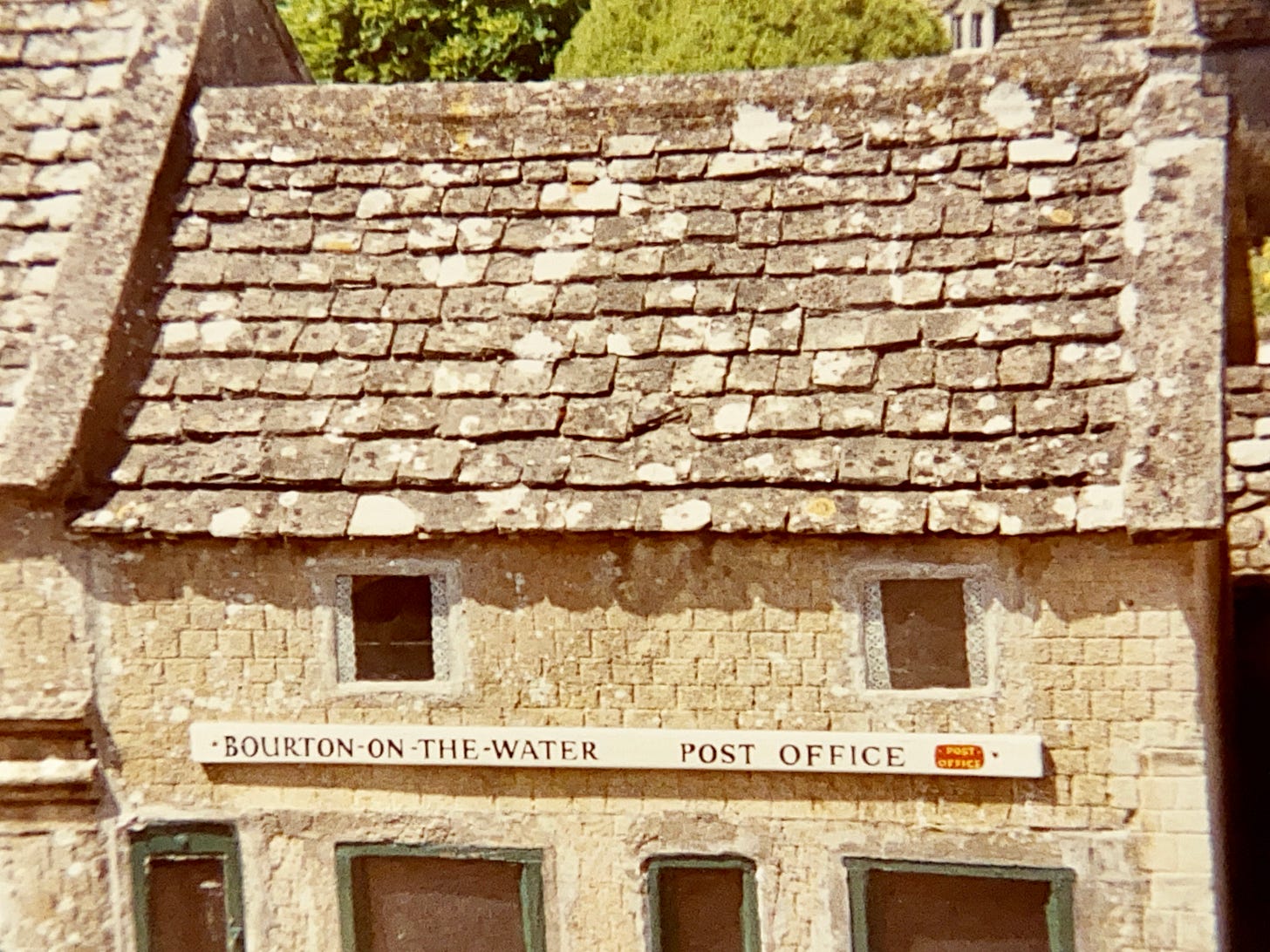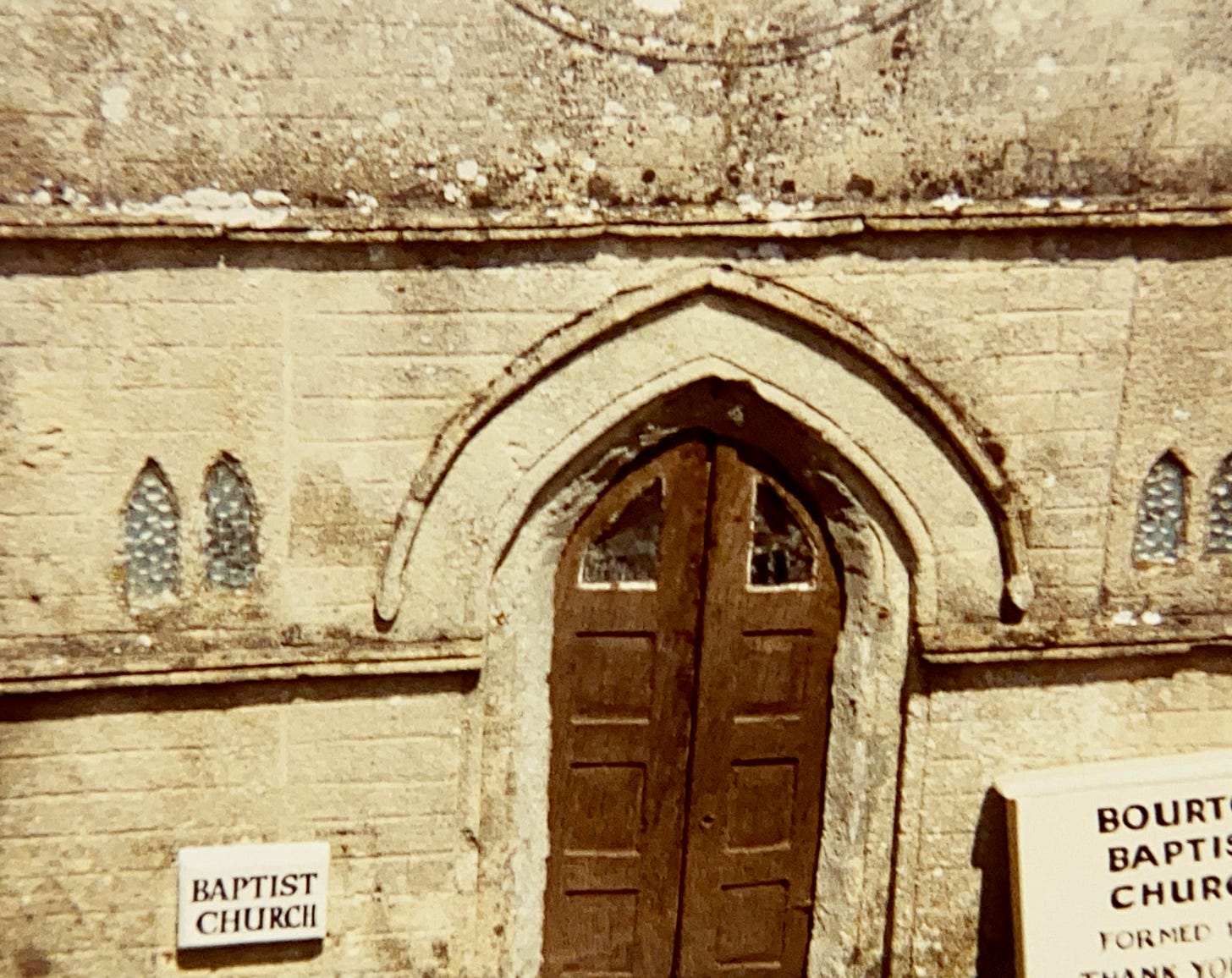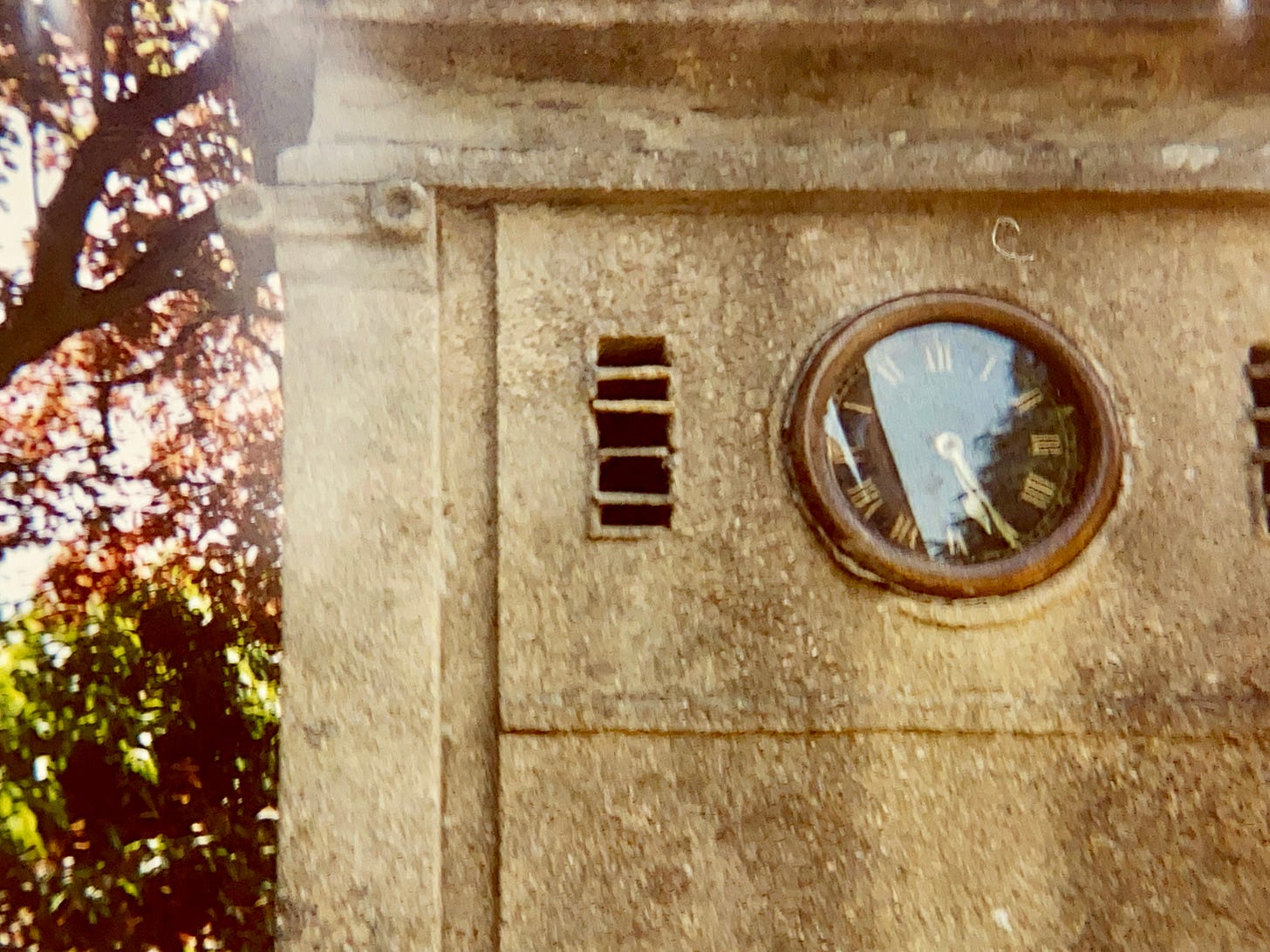Reflections on a Simple Past | 11. The Model Village
Sometimes I think we forget to marvel at how much can be crafted by hand and enjoyed with the eyes. The model villages of our childhoods capture a moment in time; a glimpse into our ever-distant past.
Welcome to Rediscover · Reconnect · Re-Emerge. If you find the fleeting changes of modern life wearisome, maybe even overwhelming, join me on a journey, a path well-trodden, as I share heartfelt and often nostalgic reflections on living slowly, simply, and in tune with the seasons.
In this series, I look back at some of the people, places and things which have so richly influenced and inspired my love of all things simple.
Model trains, model boats and model aeroplanes, maybe even dolls houses, teddy bears and Lego; just a few of those things many of us enjoyed as children which offered us a taste of the world in miniature. Our fascination with all things miniature seems undiminished, and it is, perhaps, our ability to recreate our favourite things in smaller versions which offers us a tangible link to the real thing. Few of us are likely to own a train, a ship or an aeroplane, but somehow, our miniature and much-loved smaller versions allow us to own at least a little portion of the real thing.

I wonder how many of us as children, made models out of junk? Both at school and at home we kept cereal packets and loo rolls, that these seemingly insignificant waste objects could be brought back to life again as a castle, a steamer, or even the Tower of London. How many of you remember those Blue Peter ‘makes’, the most famous of which must have been Tracy Island? Repeats of Thunderbirds on BBC2 in the early 1990s were so popular, retailers ran out of toys in the run up to Christmas. The much-loved children’s television programme stepped in to show viewers how to make their own out of household waste, the studio being inundated with requests for the instructions.
‘Make do and mend’, a British government campaign during the Second World War, encouraged the public to make do with what they had as a result of clothes rationing. People were encouraged to make do, make their own, or mend what they had. The idea what we can make something out of nothing is ever-appealing. Whether it’s making the Sydney Opera House out of coat hangers and carrier bags, or the QEII out of tin foil and pasta, we still revel in the transformation from nothing to something. It’s not just junk models either, think how much the press still enjoys those stories of people who become millionaires after starting life out selling carrots at a Saturday market.
Many of these things have seen a resurgence in recent years. For all our technology and devices, think how popular Lego is once more. We still see model railway exhibitions advertised, and think how popular drones are now (annoying as they can often be). Perhaps the online world, social media and YouTube, has given them a new lease of life. Rather than something from the past, they are being embraced by a new generation, one who is perhaps seeking to shun technology in favour of something simpler. We are still fascinated by all things miniature, and justifiably so.
Being part of Rediscover · Reconnect · Re-Emerge is free, but if you’d like to support me in fostering the community we value, and help me to sustain my writing and work here, you can become a paid subscriber for £4 a month, or £35 a year. Paid subscribers also receive a special, personal “thank you” in gratitude for their support. You can upgrade your subscription here.
But perhaps the greatest experience of the miniature, is that of the model village. I wonder how many of us as children visited model villages? We were lucky to have one fairly near to us, but also sought them out on holiday. Perhaps as adults, we still do. Here, the miniature is taken the extreme, with every tiny detail of the village captured at a comparatively tiny scale; the shop signs, the water in the river, and the clock on the church tower. In our world of AI and 3D printing, we can only marvel at the skill and dedication required to bring these creations to life by hand.
Thinking back to my childhood outings to the model villages, I look book with great affection. Despite the extraordinary attention to detail, they were simple. There was little, if any, in the way of electronic wizardry, in fact, they were essentially static. Perhaps most importantly, they captured a moment in time, a time which is now ever-harder to find. Just as with the model village at Bourton-on-the-Water, the miniature version captures and locks into time a particular point in history. Every detail was recreated, almost exclusively by hand. Sometimes, I think we forget to marvel at how much can be crafted by hand and enjoyed with the eyes.
The model village, with its intricate details and splendid recreations, offers us a glimpse into our ever-distant past. A visual feast for the eyes, and an inextricable link to simpler times.
If you’re not already doing so, I’d love you to follow me over on Instagram. You can also visit the A Life More Creative website, where you can find out more about My Story, and read articles from my online Journal. Subscribe on Substack to receive new posts and to support my work:










This is a blast from the past! My parents frequently took me to Bourton on the Water to the model village. I also remember Birdland in the area too...happy memories.😊
Thank you for sharing the Make Do and Mend video. I enjoy watching these bits of history 😊